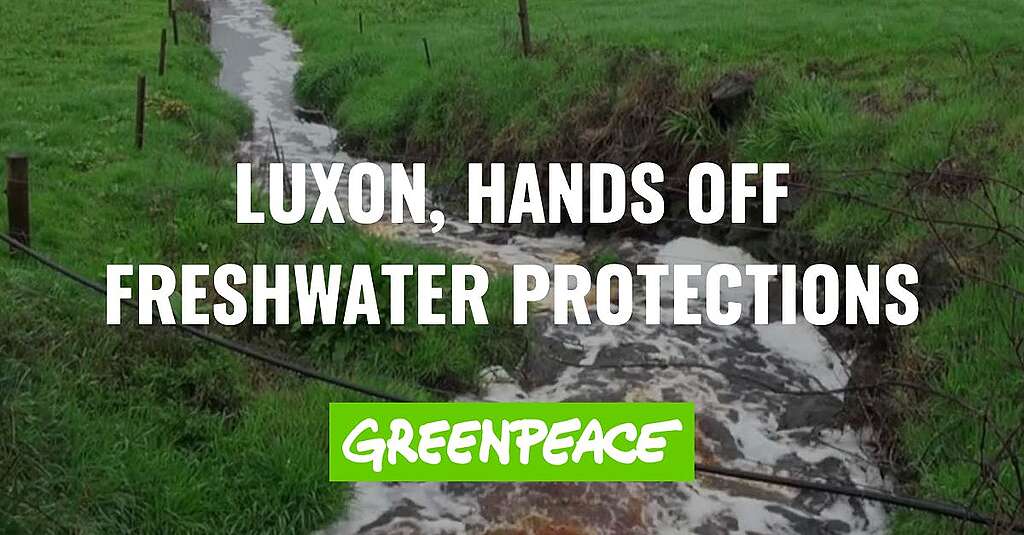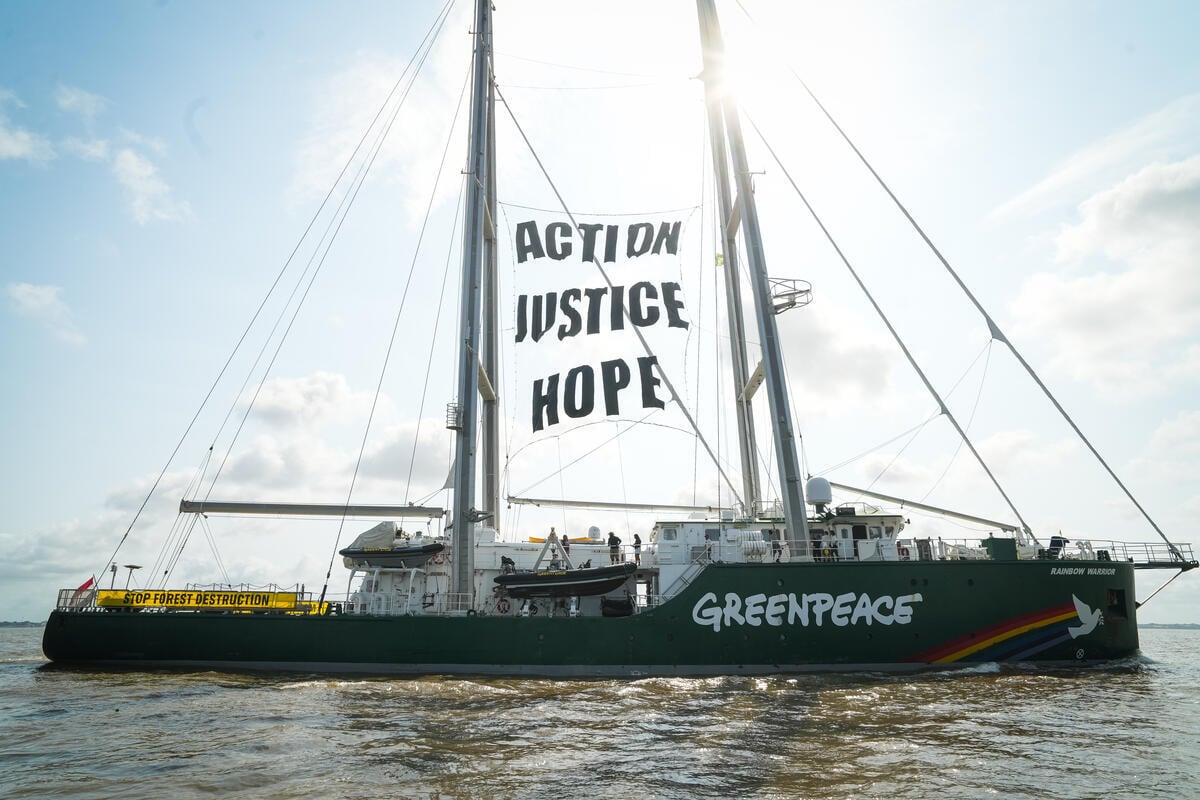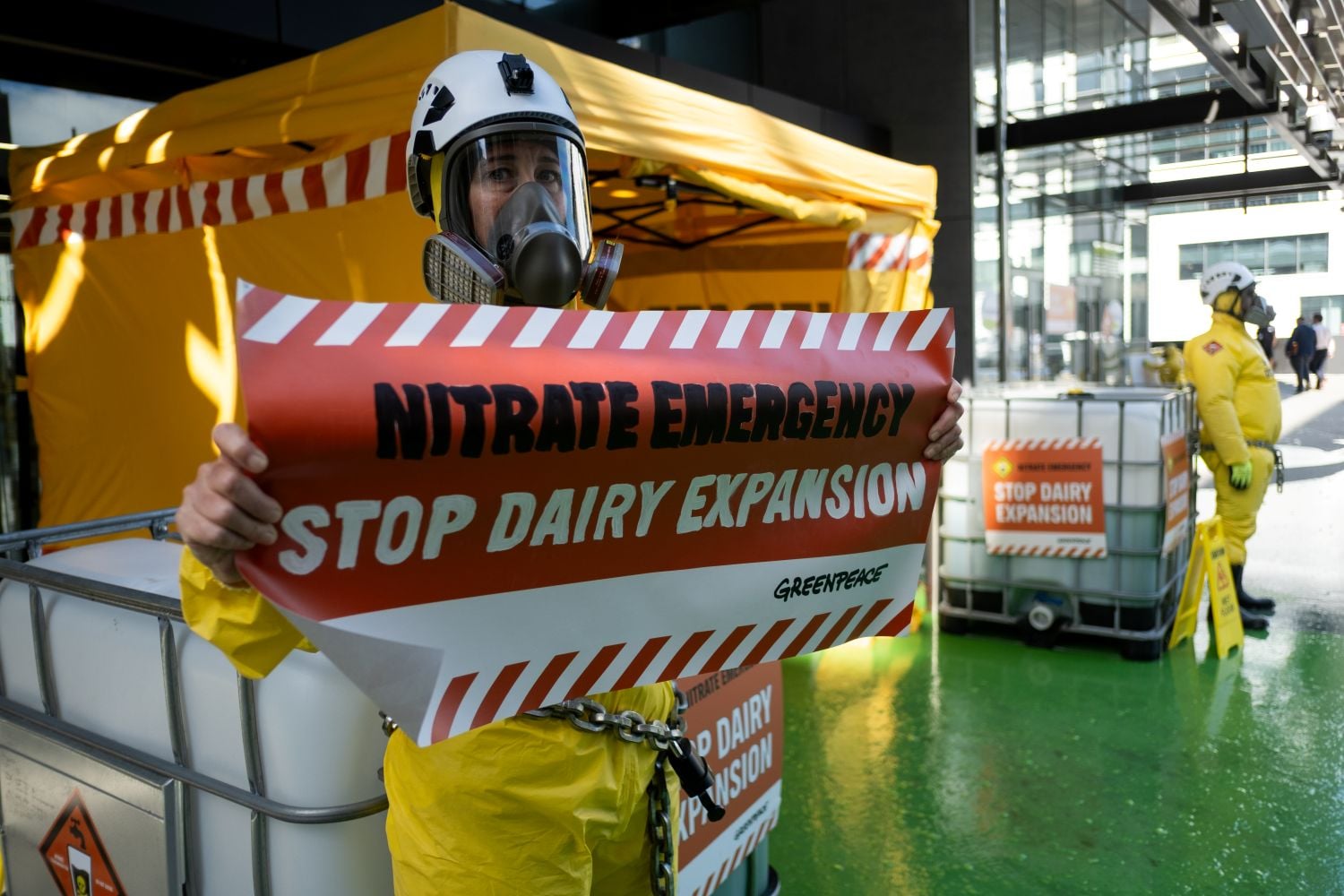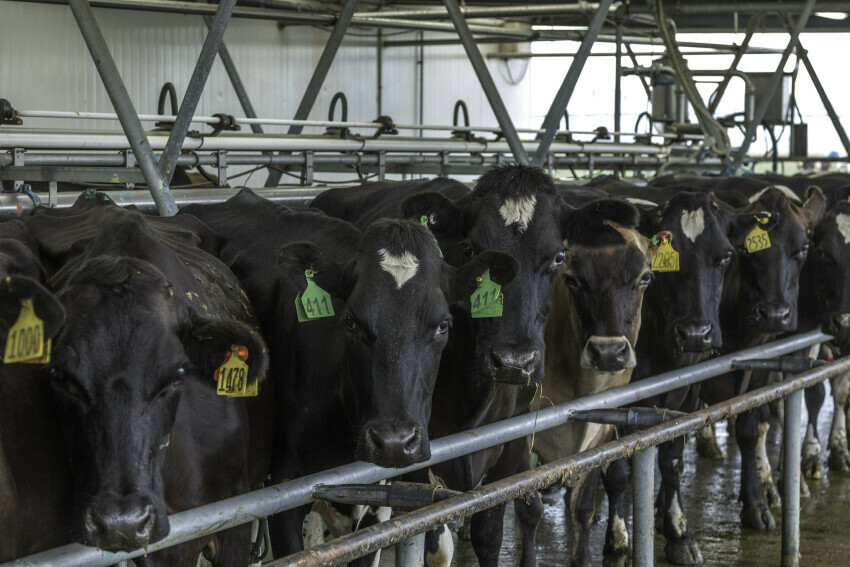Greenpeace Aotearoa says that while no viruses have been found in the aquifer that supplies Christchurch City’s drinking water, there is still a growing risk to public health linked to nitrate contamination. The organisation is raising alarm bells over the potential for significant contamination of the Christchurch aquifer.
A 2017 investigation carried out by Environment Canterbury discovered nitrate from intensive dairy north of the Waimakariri River could enter groundwater systems and contaminate the aquifer that supplies Christchurch City drinking water.
Greenpeace spokesperson Will Appelbe says “Despite Taumata Arowai’s assurances over Christchurch water quality, the reality is that the city is facing a looming public health crisis.”
“Cantabrians across the region are facing elevated levels of nitrate in their drinking water – something which cannot be resolved by simply chlorinating the water supply. This is a serious issue, and modelling has shown that Christchurch city’s drinking water is at risk of becoming contaminated with high levels of nitrate.”
Greenpeace Aotearoa has been running free testing for drinking water nitrate contamination since 2021, with a particular focus on the Canterbury region. The organisation’s Know Your Nitrate map shows that Canterbury is a hotspot for nitrate contamination, with levels of contamination much higher than elsewhere in the country.
Appelbe says, “While the maximum allowable value for nitrate in drinking water in New Zealand is set at 11.3 mg/L – the level of nitrate contamination associated with blue baby syndrome – a growing field of international scientific evidence has linked much lower levels of nitrate contamination to increased health risks.”
“There are increased risks of bowel cancer from long-term exposure to levels of nitrate as low as 1 mg/L, and an increased risk of preterm birth if pregnant people drink water contaminated with nitrate at levels of 5 mg/L or higher.
“Here in Canterbury, people across the region are facing elevated levels of nitrate in their drinking water – and evidence shows that the aquifer that supplies Christchurch city’s drinking water is at risk of contamination in the coming decades.”
Nitrate contamination in Canterbury is a result of the intensive dairy industry. Runoff from dairy farms containing nitrate – from synthetic nitrogen fertiliser and cow urine – leaches into the groundwater supply, ending up in drinking water. Greenpeace says that the only way to stop nitrate contamination from getting worse is to stop the pollution at the source.
“Environment Canterbury has a responsibility to ensure that people have access to safe drinking water. That means we need to see an end to the use of synthetic nitrogen fertiliser on dairy farms in Canterbury, and no new dairy expansions or intensifications in the region.”

Call on Christopher Luxon to leave New Zealand’s freshwater protections alone
Add my name


